by SLCgreen Staff Brijette Williams
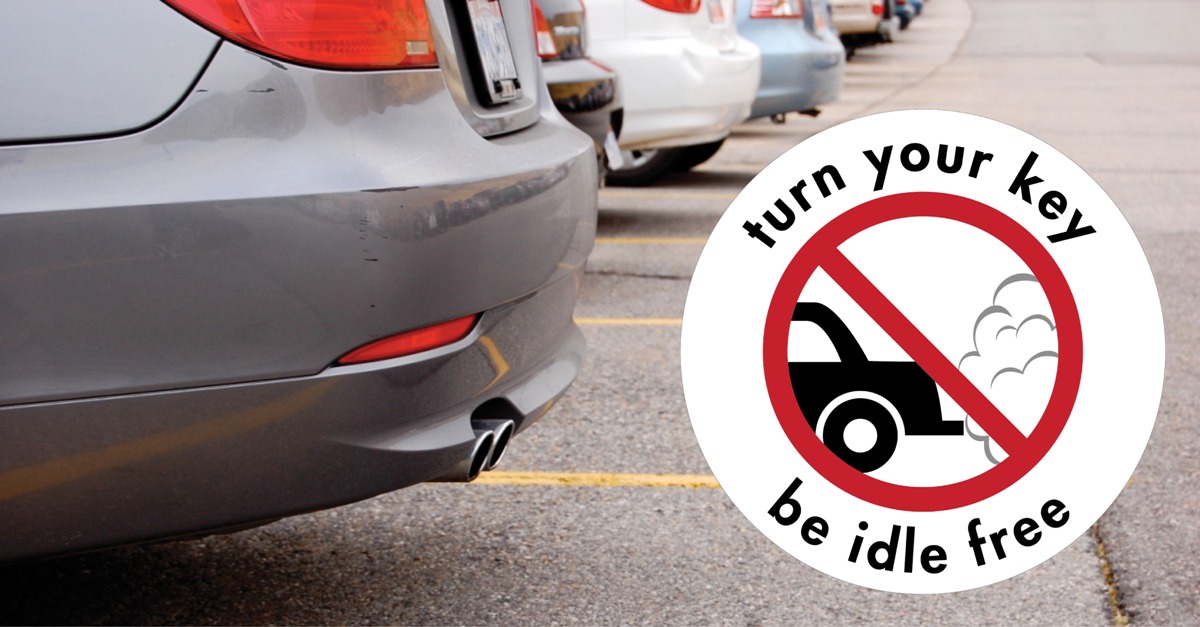
It’s that time of year again! The temperatures are starting to drop, leaves are showing hints of change, and that crisp scent of incoming autumn is the air. The changing seasons also mean it’s time to think about fall and winter air quality season.
September also marks Idle-free Awareness Month and the annual Governor’s Idle-free Declaration for the month and for Utah’s upcoming winter season. The initiative began in 2006 by Utah Clean Cities and was a statewide effort by 2010 – spurring statewide idle-free policies and action at school districts, cities, towns, counties, and even within Zion National Park.
By 2011, Salt Lake City adopted an Idle-free ordinance and updated it in 2021, mostly to include some clearer rules and options around enforcement. The ordinance prohibits unnecessary vehicle idling over two minutes within city limits, and is enforceable on public property and private property open to the public. (There are some important exceptions to note, though, that allow for idling continuously or for long periods of time such as emergency vehicles, utility vehicles and equipment, or as needed for the health or safety of a driver, passenger, or service animal(s).) So, why focus on residents?
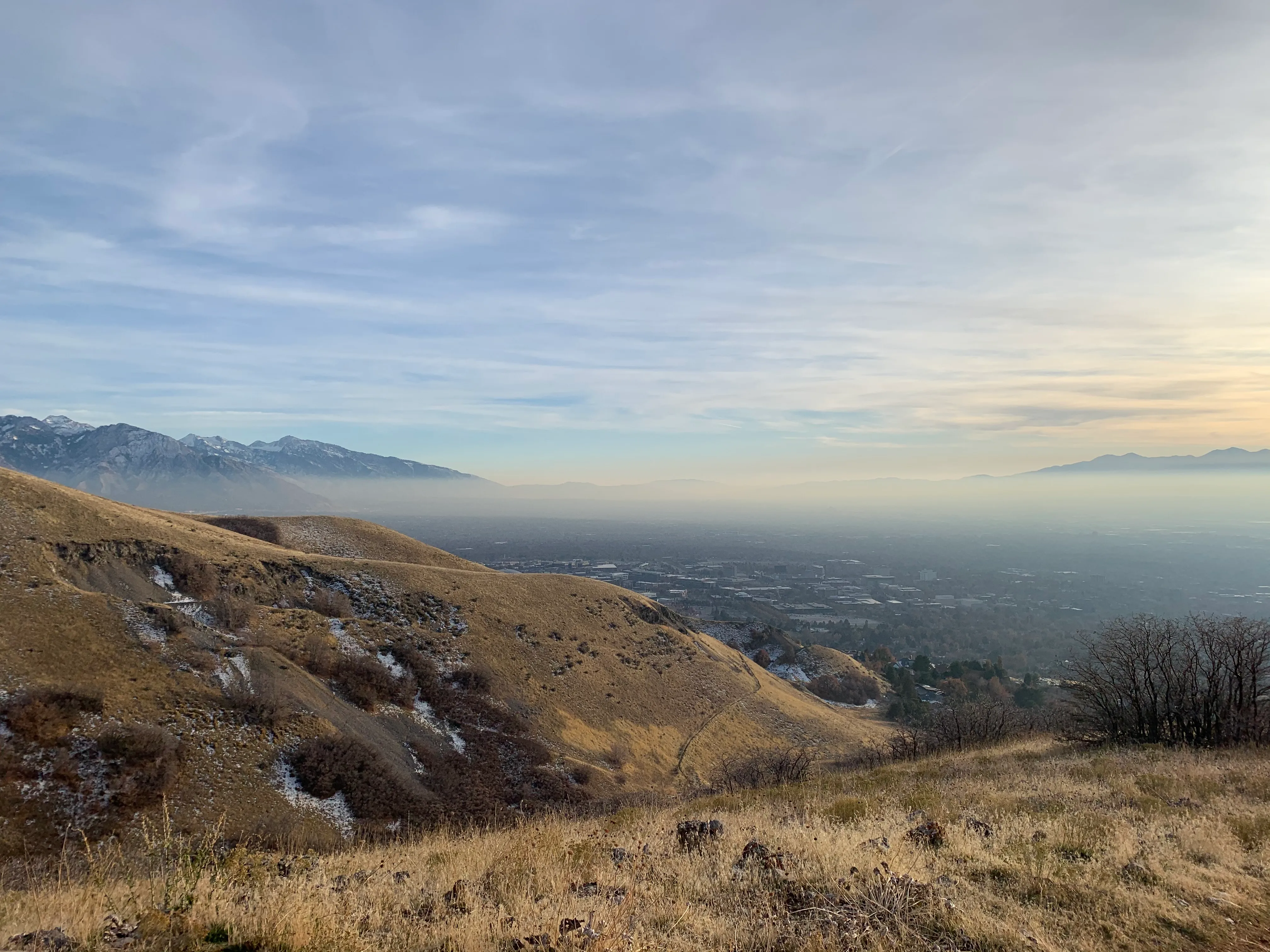
Photo by SLCgreen Deputy Director Sophia Nicholas
While all urban centers deal with pollution, poor air quality is a public health concern for those of us in the Salt Lake Valley year-round. Due to our geography, climate (and climate changes), as well as our rapidly growing population, air pollution is a persistent problem that contributes to respiratory issues such as asthma, emphysema, lung cancer, and impacts overall quality of life.
In the summer months, pollution from cars, industry, and a multitude of chemical products, combined with high temperatures and bright sunshine, lead to harmful ozone levels. In the winter month, the Wasatch Front’s unique geography leads to periodic temperature inversions, which trap cold air underneath a layer of warm air. This acts like a “lid” on the Salt Lake Valley—causing particulate pollution to double every day. So minimizing or stopping our idling is something we all can do something about.
Even though air quality is often unevenly distributed in urban centers, and can be seen on the west side of the Salt Lake valley, bad air impacts all of us and preventing pollution from entering our airshed matters year-round.
Thankfully we haven’t had as bad of air quality compared to recent summers from wildfires, but we’ve still had our share of bad air days this summer. The geography of the Salt Lake valley makes it easier for that pollution to be trapped, and it’s easier to see that pollution during our winter months. About 50% of our air pollution comes from vehicle exhaust during a typical winter day, and unnecessary idling contributes a significant amount of those emissions released into our air each day.
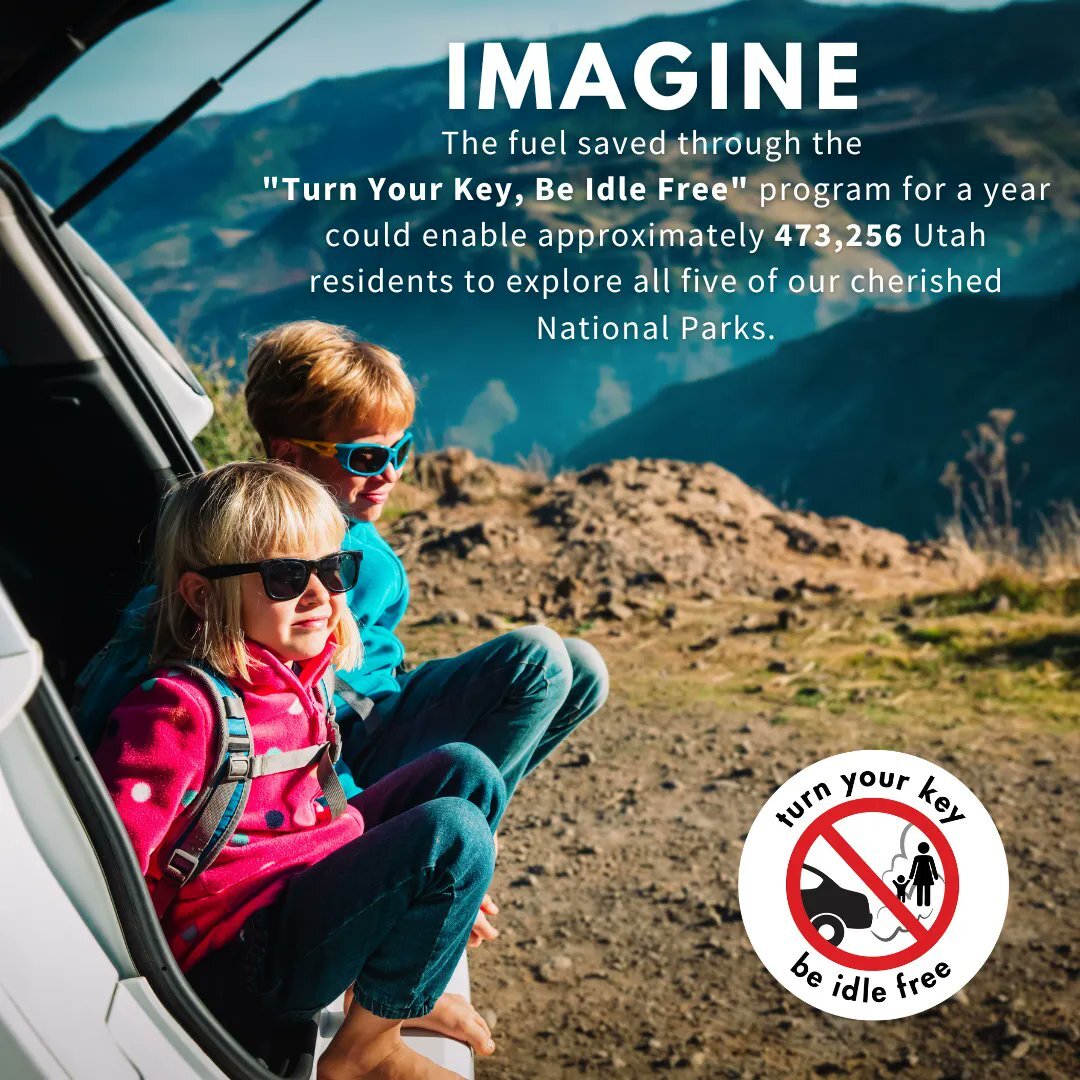
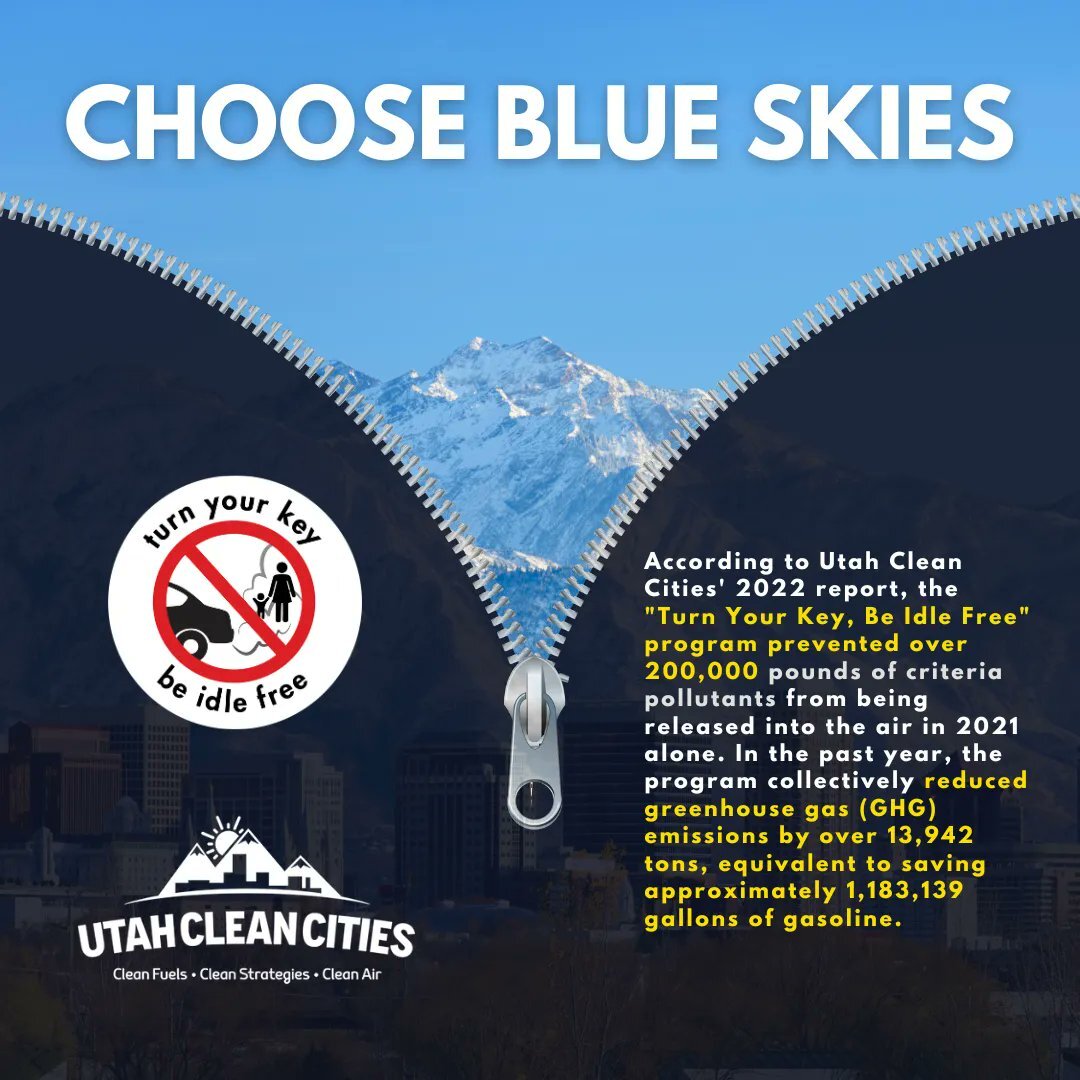
Photos from Utah Clean Cities.
So, what can we do?
Acknowledging that we can’t change manufacturing and major transit overnight, and that we can’t stop all idling, that is why all of us doing our part where and when we can does have an impact! It may seem like a small thing, but it can add up to big results.
Let’s start with a bad driving culture habit and common misconception as the temps continue to drop: warming up your car. Unless you’re driving an old vehicle (and we mean a vehicle manufactured before the 1980s), you don’t need to idle for very long to safely drive your car and it’s actually better for the engine to warm it up by driving than idling. Further, idling for just 10 seconds uses more fuel than restarting your car; idling your car for two minutes uses about the same amount of fuel as driving one mile; and idling gets you exactly zero miles to the gallon friend.
We can all do our part to remember these tips going into the colder months and as inversion season approaches. The small change of “turn your key be idle free” from individual actions make a big difference and collective impact when we take part. Identify the places you typically idle: drive-throughs like the bank, pharmacy, food, waiting to pick up someone. Can you leave your car at home on certain days and take transit more often, carpool, or bicycle? Download an air quality app like the UtahAir app to determine whether you should carpool, take transit, or telework (if that’s an option for your job).
But, it’s also important to keep these actions in mind every day, in order to prevent worse air days. By turning off your engine when waiting, you’ll save money, breathe easier, and help protect the Wasatch Front’s blue skies.
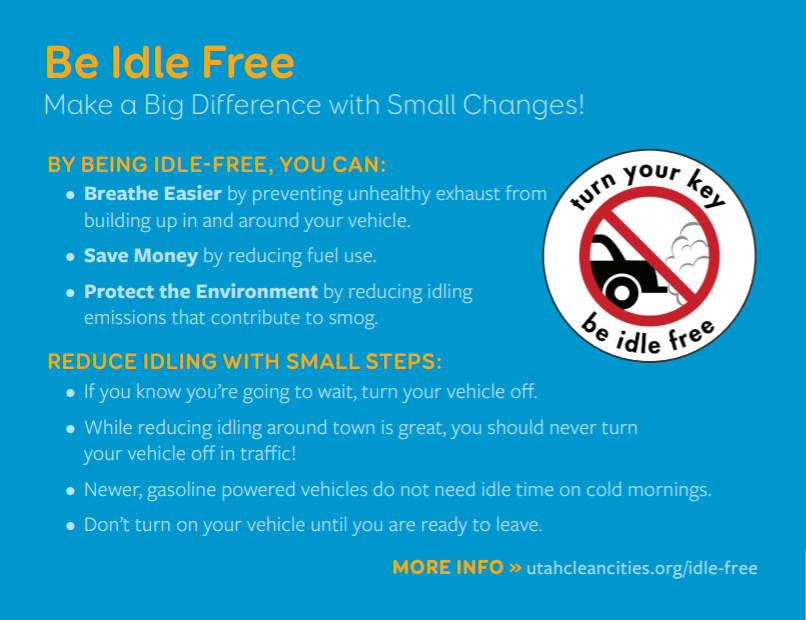
Know someone new to the Salt Lake valley? Share this information with them! And keep up with what SLCgreen and Salt Lake City is doing here to protect our air quality, from funding electric vehicles (EV) and infrastructure, to greener practices and policy, to supporting local groups and organizations with solar power and more.
